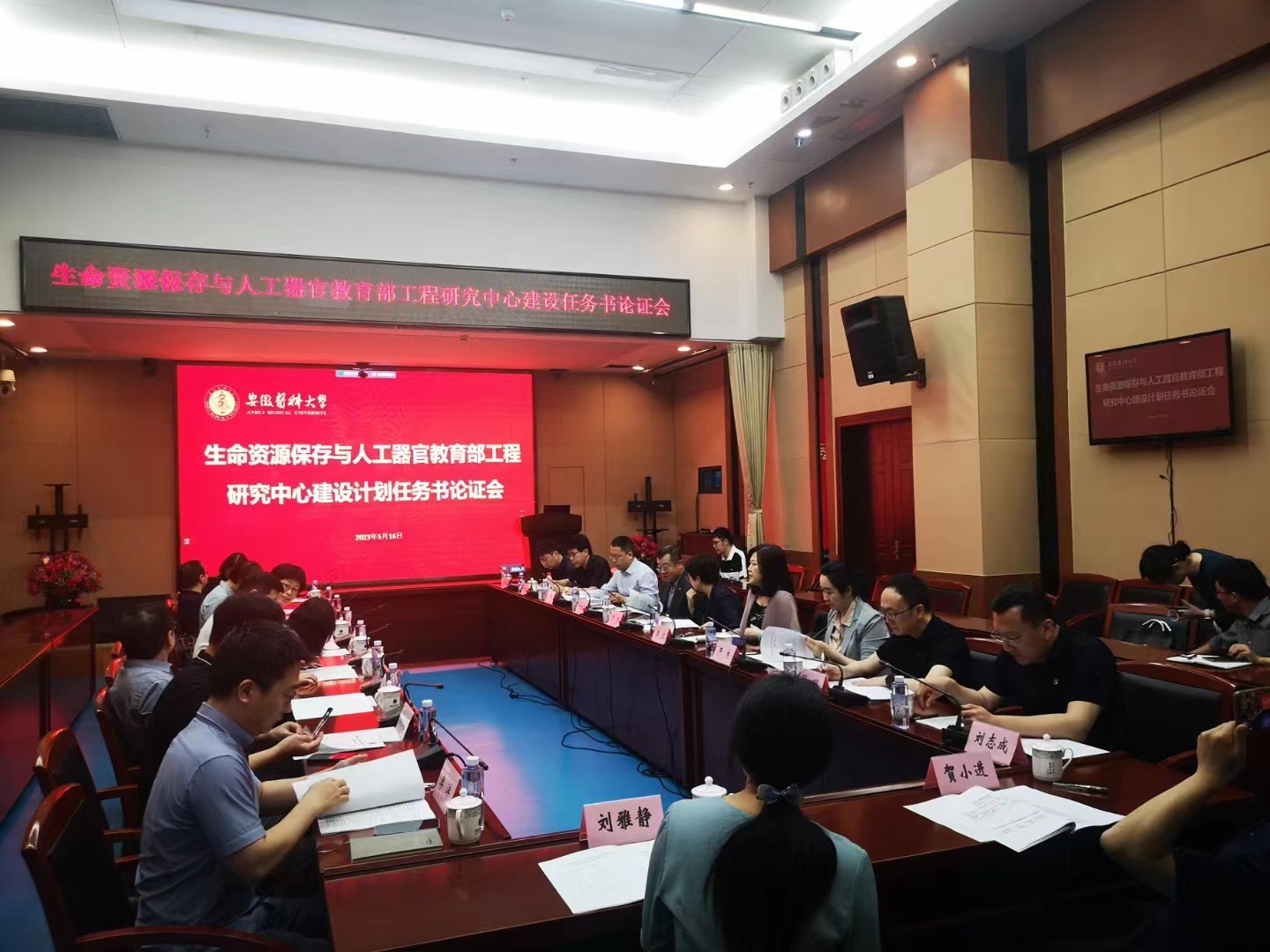New Breakthroughs! New explorations in skin cryopreservation to help new advances in cryogenic research
Release time:
2023-08-18
The human body is an organic organism composed of cells and complex tissues and organs. When the tissues and organs in the body are damaged or lose their original functions, tissue and organ transplantation can replace the damaged or dysfunctional parts by implanting a part of the tissues and organs from the own body or other individuals. Currently, the rapid development of tissue and organ transplantation and related basic research has put forward an urgent need for high-quality preservation of complex tissues and organs. The lack of donor tissues and organs as well as the practical and spatial mismatch between donors and recipients have limited their clinical applications, and ultracold preservation is expected to solve this limitation.
Exploring long-term high-quality cryopreservation of complex tissues and organs has become a new research hotspot internationally. It is generally believed that tissue and organ cryopreservation at deep cryogenic temperatures (≤ -130°C) may enable long-term storage, and may be an effective solution to the problem of large numbers of organs suitable for transplantation being discarded. However, the process of cryopreservation or resuscitation can cause large damage to biological samples, and the role of cryoprotectant as a protective medium for biological samples at low temperatures is particularly important.
Cryoprotectants
Indispensable protective media for cryogenic/deep cryopreservation
Cryoprotectants are indispensable components in the reduction of cryo-damage in cell, tissue, and organ cryopreservation/deep cryopreservation. Since 1949, when British biologists C. Polge and A.U. Smith discovered that spermatozoa supplemented with glycerol could survive cryogenic exposure (Nature, 1949), an increasing number of different types of cryoprotectants have been used in the cryopreservation and deep cryopreservation of biological samples.
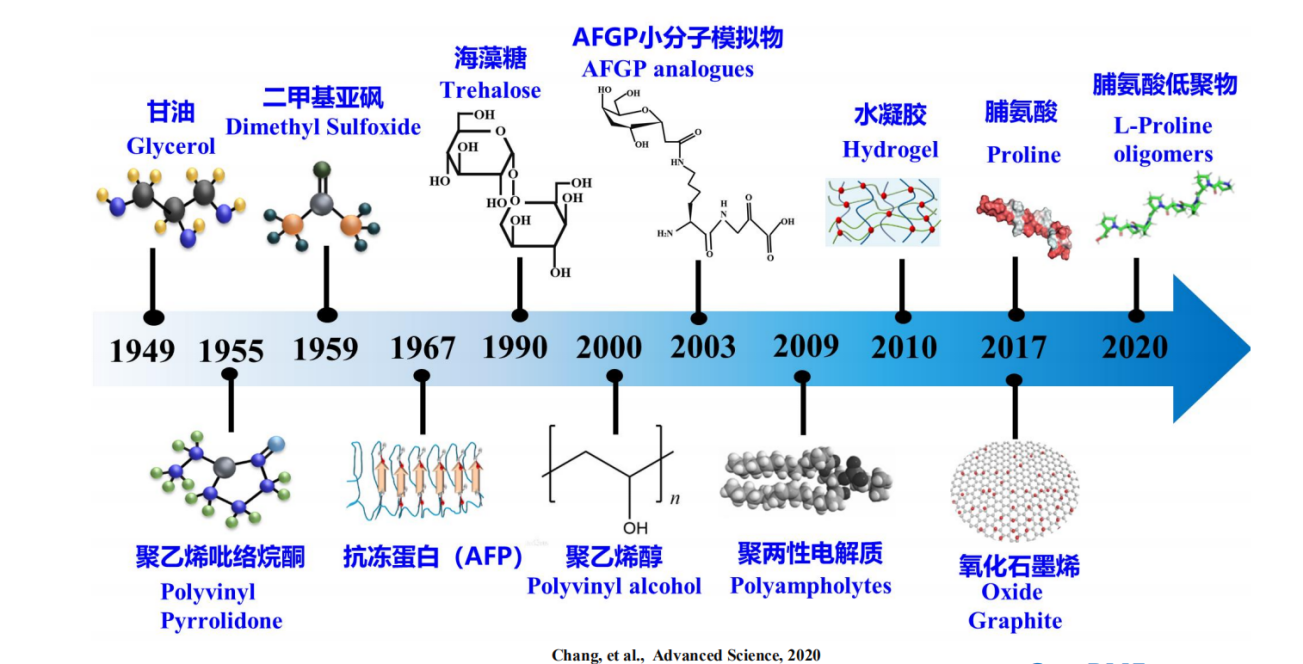
Cryoprotectants can be categorized into two main groups based on their role in deep cryopreservation: osmotic and non-osmotic protectants. Osmotic protectants are dominated by polyols, including ethylene glycol (EG), dimethyl sulfoxide (DMSO), propylene glycol, glycerol, formamide and acetamide. Osmotic protectants work by lowering the freezing point, displacing water around intracellular proteins, DNA and other components, and reducing or avoiding intracellular ice crystal formation. Non-permeable protectants mainly include low molecular weight monosaccharides (fructose, glucose, maltose, etc.), disaccharides (sucrose, alginate, etc.), polysaccharides (cotton seed sugar, etc.), and macromolecular compounds with molecular weights greater than 1,000 Da (poly(sucrose), dextran anhydride, poly(vinylpyrrolidone), poly(ethylene glycol), poly(vinyl alcohol), and hydroxyethyl starch, etc.). Non-permeable protective agents are beneficial to improve the vitrification properties of the protective solution and increase the cryoprotective effect, while at the same time, they induce cell dehydration through osmosis, stabilize the cell membrane, and reduce the amount of cryoprotective agent needed to achieve vitrification itself, thus reducing the toxicity of the vitrification solution. We explore effective cryoprotectants as well as more reasonable preservation methods through the preservation effects on different tissues and organs.
Skin deep cryopreservation, new technology for clinical treatment
Skin is the largest organ of the human body, the division between the internal and external environment of the human body, and also an important barrier on the surface of the human body, which has an important protective effect on the physiological function of the human body. For severe burns, trauma or skin diseases that cause extensive skin defects, the defective part must be repaired by skin grafting. Therefore, the preservation of the patient's isolated skin is necessary to enable the patient to carry out skin replantation when the physical conditions allow, which can effectively reduce the incidence of infection, improve tissue utilization, reduce the economic burden of patients, and effectively improve the prognosis of patients. At present, cryopreserved skin delayed transplantation has become one of the basic treatments for burn wounds.
Shandong Yinfeng Life Science Research Institute carried out exploration in the area of deep cryopreservation of isolated skin with the Department of Hand and Foot Surgery of Qilu Hospital of Shandong University as early as 2016, and effectively practiced the separation and processing of the skin, cryoprotection, as well as rewarming analysis and clinical replantation, and up to July 2023, it has successfully carried out deep cryopreservation of isolated skin for 84 patients, with 56 cases of successful replantation, achieving good The transplantation results have been favorable, and the standard process of clinical deep cryopreservation of isolated skin has been gradually established.

Cryogenic Medicine Research Center for dozens of cases of animal skin, selection of a skin deep cryoprotection system containing maltodextrin and urea as raw materials, skin samples still have more than 80% of the vitality after resuscitation, higher protective activity than conventional cryoprotectants, screening succinate dehydrogenase method as a method of skin vitality determination, in 2021, received a national patent for invention (Patent no. 201810076409.X).
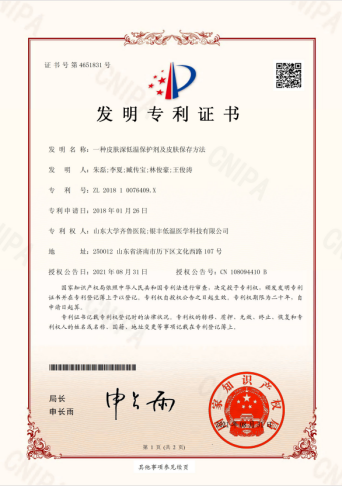
At present, tissues represented by skin in deep cryopreservation are still facing many problems such as poor protection effect and imperfect technical system, which need to be improved urgently. In order to better screen the skin deep cryoprotectant as well as the cooling and re-tempering procedures, and to improve the freezing effect of the skin tissues, the Cryonics Research Center of Yinfeng Research Institute of Life Sciences in Shandong Province has designed and carried out a series of experimental researches on key techniques of deep cryopreservation of skin tissues recently. The key technology of skin tissue deep cryopreservation has been designed and carried out a series of experimental research.
Continuous research to support the evidence for skin cryopreservation
On the basis of routinely applied cryoprotectants, through literature research, expert consultation and cytological verification, cryoprotectants with DMSO (dimethyl sulfoxide), alginate and other main components were selected, and through the combined use of a variety of osmotic and impermeable cryoprotectants, and through several experiments in accordance with the different ratios, cryoprotectants with better preservation effects were screened out.
Differential scanning calorimetry (DSC) was performed on different cryoprotectants, and based on the DSC results, the relevant settings of programmed cooling were studied to verify the cryopreservation of humanized skin with the cryoprotection of different cryoprotectants.
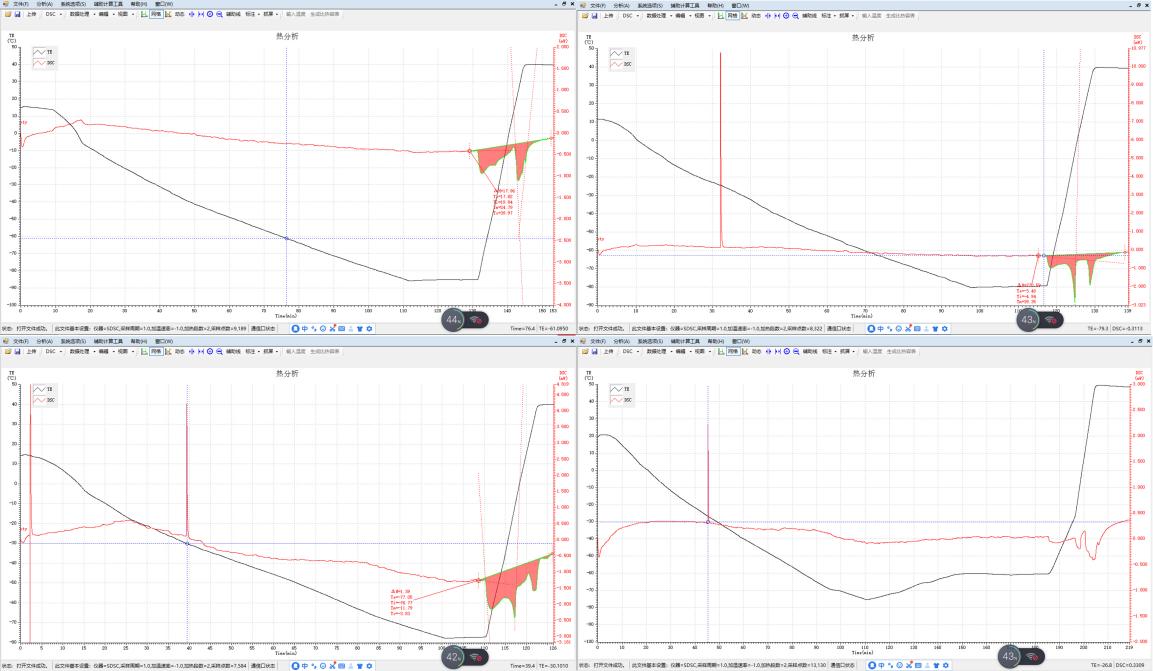
The deep cryopreservation of human skin was carried out by using metal cannula and magnetothermal rewarming technology, and HE staining, TUNEL apoptosis detection, and CD86 antigenicity detection were carried out after magnetothermal rewarming, and the cryoprotection system was successfully screened by the combined application of DMSO, alginate, and HES, supplemented by magnetothermal rewarming technology.



Due to the small number of donated isolated human skin and its different degree of impact on it due to its own reasons and during operation and transportation, it is difficult to carry out a more in-depth investigation. The experimental team designed a small pig skin tissue deep cryopreservation transplantation experiment. The skin from the back of Parma spp. was selected for the experiment, and by applying different cryoprotectants and different freezing times to the pig skin transplanted into nude mice, the preservation effects of three different cryoprotectants and deep cryopreservation for 1 week, 2 weeks and 4 weeks were verified. It was verified that the screened cryoprotective solution (see cryoprotectant A in the figure below) had a better preservation effect compared to the other compositions.
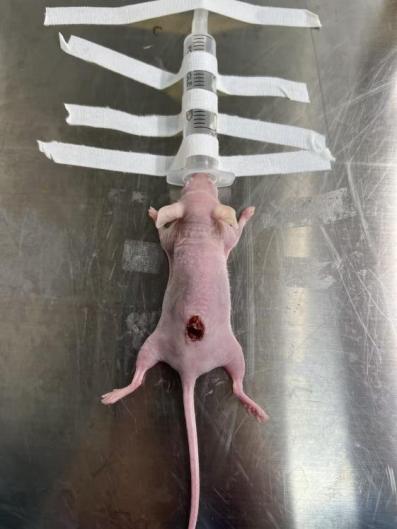
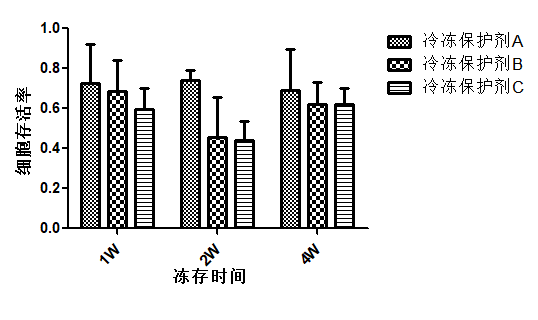
Figure: skin cell survival in different cryoprotectants and different freezing times
Through the project team's exploration of animal skin cryopreservation and transplantation after rewarming, etc., the project team has provided good evidence for the optimization and improvement of deep cryopreservation of isolated human skin, and it is believed that in the near future, the use of new skin deep cryoprotectant and more cost-effective protection methods can greatly enhance the survival rate of deep cryopreserved skin, and provide a better choice of treatment for the clinic and patients.
YF series of cryoprotection system, help the transformation of cryogenic medicine technology
Cryopreservation, especially deep cryopreservation, has become the best way for high-quality preservation of biological samples. In recent years, the cryomedicine research team of Shandong Yinfeng Life Science Research Institute has carried out continuous research on cryopreservation of cells, tissues and organs, and formed nearly 10 papers in English and Chinese on cryoprotectants and technical research on loading, elution, magnetic-thermal rewarming and so on.
Based on the research on cryopreservation of cells, tissues and organs, combined with the domestic and international literature and the latest technological achievements, Cryomedicine Research Center has formed more than 30 kinds of cryoprotectants for different types of cells, tissues, organs, and as a whole, and established the YF series of cryogenic/deep cryoprotection system, which can provide the guidance on the screening of cryoprotectant, cooling/reheating technology for different types of biological samples, and provide guidance for the cells, tissues and organs deep cryopreservation and human life and health to provide high-quality services and support.
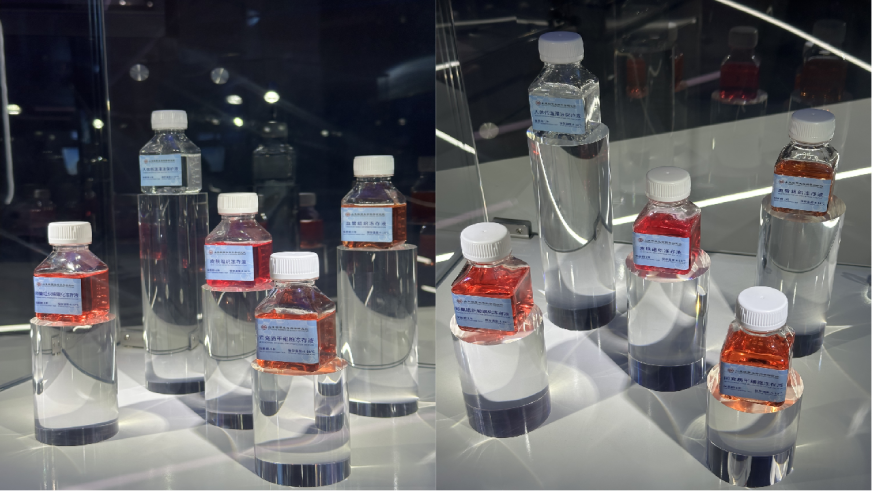
Pictures of cryoprotectors
Previous article
Latest developments
On August 23, the Jinan Private Economic Development Bureau and China Economic Weekly jointly launched the theme publicity activity of "Central Media Look at Jinan - Entering Jinan's Private Economy" in Yinfeng Biotechnology Park.
Led by Anhui Medical University and participated by Yinfeng Cryogenic Medical Technology Co., Ltd., the "Engineering Research Center for Life Resources Conservation and Artificial Organs of the Ministry of Education" was officially accepted and awarded by the Ministry of Education. As one of the four major platforms for the transformation of the center's project, Yinfeng Cryogenic Co., Ltd. is responsible for the "development, promotion and application of cryogenic preservation technology of biological matrix materials".
On March 28, 2023, the kick-off meeting of the International Alliance for Life Extension Research was held in Jinan, Shandong. The "International Alliance for Life Extension Research" was initiated by Shandong Yinfeng Life Science Research Institute, and jointly established by 13 international scientific research institutions engaged in the field of cryogenic biomedicine from North America, Europe, Oceania, etc., and appeared at the conference through online and offline forms.




